Incredible transformation of a former war zone
NOT long ago, this was the last place in the world you wanted to be. But everything’s changed.
RWANDA’S capital, Kigali, is buzzing. The hum of construction threatens to drown out the chirping birds nesting in the trees that line the wide boulevards. Moto-taxis carry passengers and cargo — sometimes groceries, often pieces of furniture, or bales of hay — around the city.
These days, they’re not just transport of choice for locals, but for tourists, thanks in part to a new Uber-style app that requires drivers to conform to strict safety standards.
And, almost 25 years after 1994’s genocide, there are more tourists arriving than ever.
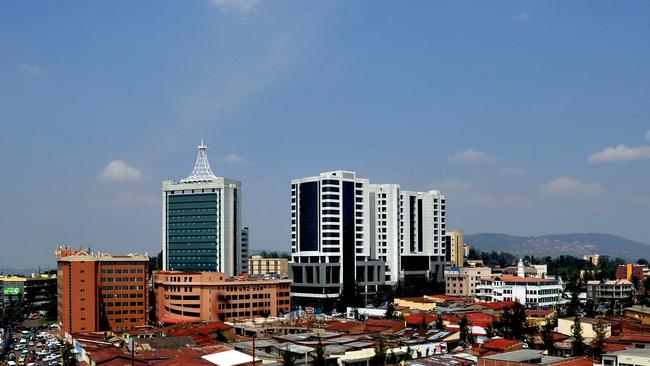
It’s hardly surprising. According to the World Economic Forum, Rwanda is now Africa’s safest nation and the ninth-safest in the world.
The rest of the world is watching with interest. Marriott recently chose Kigali as the location for its first Sub-Saharan property, and other recent openings in the capital include a Park Inn by Radisson.
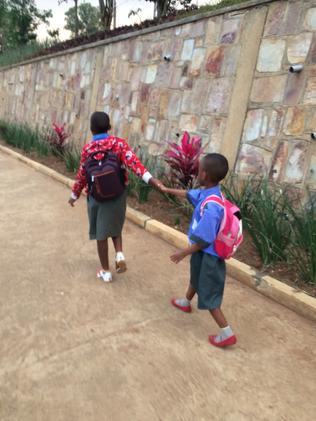
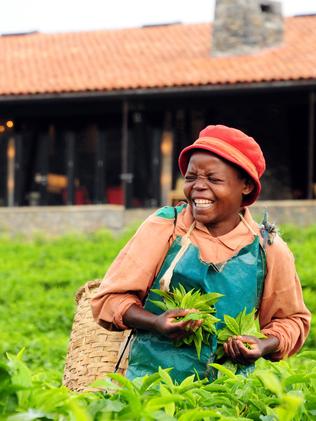
The Australian Government’s Smart Traveller website says anyone heading to the country should exercise a high degree of caution and should reconsider your need to travel within 10 kilometres of the border with Burundi or the border with the Democratic Republic, including towns of Gisenyi, Kibuye and Cyangugu.
Kigali, with its coffee shops, boutique hotels and flower-filled parks, is a world away from the Rwanda of 1994, when almost a million people were slaughtered in the space of a few weeks.
But reminders are plentiful. Many of the country’s churches now memorials with many Rwandans seeing them as safety, and believe even animals that retreat to
churches will evade predators’ jaws.

In 1994, Tutsis fleeing Hutu militia crowded into the country’s churches. Once inside, they were slaughtered with shocking brutality.
One of the most moving memorials is the Ntarama Memorial, near Kigali. Five thousand people were crammed into this simple brick church when it was attacked by Hutu militia, who climbed onto the roof and fired down onto the mass of tangled bodies. My guide points out holes in the walls where grenades were tossed inside.
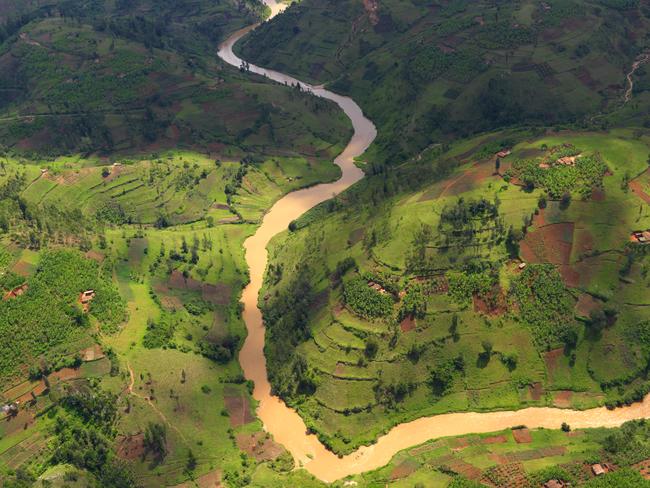
Equally moving is the nearby Nyamata Genocide Memorial, the final resting place of 50,000 locals. Inside are piles of victims’ clothing, and in the basement, shelves filled with skulls — the thick fractures which slice across many a reminder that machetes were the instrument of choice.
It’s somewhat surreal, stepping outside a dark, bloodstained church into the blazing sun and a world which has transformed into Africa’s biggest success story.

And Eric Dusingizimana, captain of Rwanda’s cricket team, has played a huge part in that success. I meet him in the dusty grounds of a Kigali college. Until recently, this was where Rwanda’s cricketers came to play. In 2016, Eric broke the world record for the longest time batting (51 hours) to raise money for a new cricket ground.
As we wander through throngs of students, Eric explains that we’re at the scene of Rwanda’s worst mass killings.
In 1994, this was the site of the École Technique Officielle, a Catholic school.

When UN peacekeepers set up camp here, Tutsis flocked to the site, seeking protection. On April 11, the UN left without warning, leaving those inside to the mercy of the machete-wielding Hutus waiting outside. Thousands were slaughtered in a matter of hours.
We drive to the new cricket ground, a beautiful expanse of immaculately-manicured grass. Instead of stands, there are grassy banks to sit on, and the views over Rwanda’s hills are breathtaking. There’s a spectacular, red brick club house with a beautiful curved roof.
“It mirrors the trajectory of a bouncing cricket ball,” Eric says.
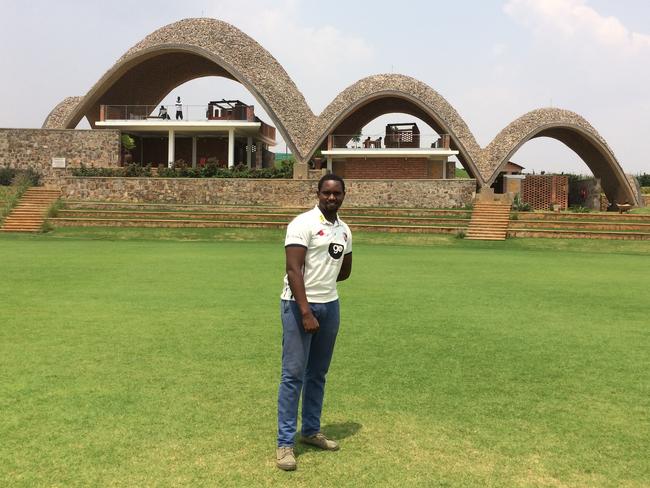
Further proof of Rwanda’s ability to focus on the future comes on a visit to Kigali’s Nyamirambo Women’s Centre, set up to help local women.
“A sewing machine can be very empowering,” sales manager Nadége says.
When the organisation was founded, the women, many of whom were illiterate, worked from home. Profits were poured back into the organisation, and employees now work in a small factory, next to a boutique filled with their work: children’s clothes, stuffed toys made with printed fabric and cushions worthy of a spread in Australia’s top interior design magazines.
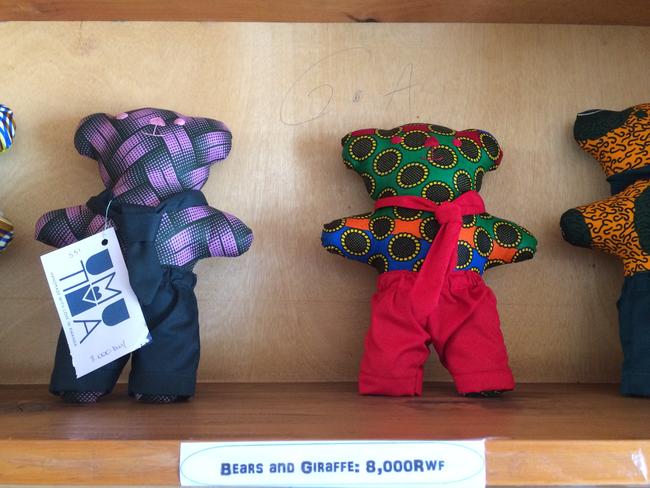
The profits also helped fund a library, where an initial collection of 500 books has grown
to 3000. Other sources of income include craft workshops and guided tours of the neighbourhood.
I spend my last few days at Lake Kivu Serena Hotel, on the shores of the body of water that straddles Rwanda’s border with The Congo. It takes me four hours and costs me about $5 to get here, on a local bus which chugs past tea plantations, colourful villages and cyclists clinging onto bumpers of lorries to ease their ascents of Rwanda’s steepest hills.
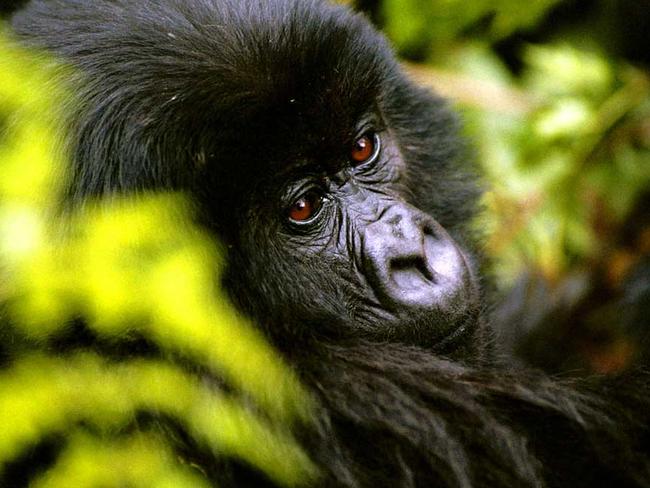
The hotel’s a popular base for tourists hoping to visit Amashuza Hot Springs, coffee plantations and the gorilla-filled Volcanoes National Park.
As for me? I spend the afternoon sprawled on the hotel’s palm-fringed beach, reflecting on Rwanda’s amazing comeback.
Next year, a new lodge will open in Akagera National Park, which is home to Africa’s famous “Big Five” — lions, leopards, rhinos, elephant and buffalo. Post-genocide, lions disappeared after being hunted by those who’d fled there.
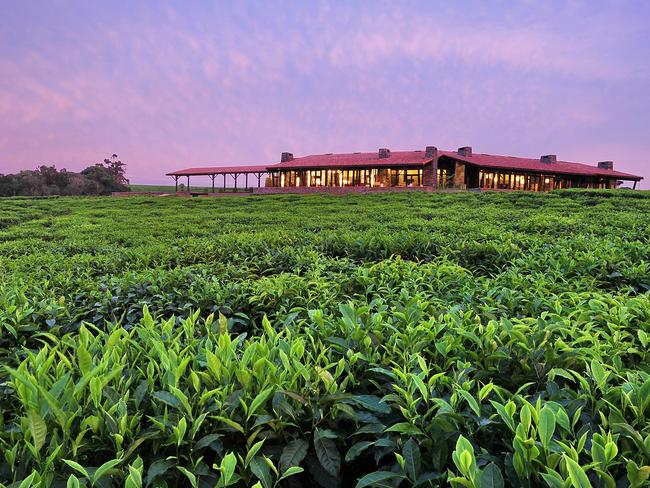
Later this year, luxury safari operator One & Only will open a new lodge in Rwanda’s north. And in June, Kigali’s cricket ground will host its first major tournament — the ICC World Cup T20 Regional Qualifiers, which will unite Rwanda, Tanzania, Uganda and Kenya.
Suddenly 1994 seems like light years away.
STAYING THERE
The Park Inn by Radisson in Kigali has double rooms from $203, including breakfast.
The Lake Kivu Serena Hotel has double rooms from $318, including breakfast.



